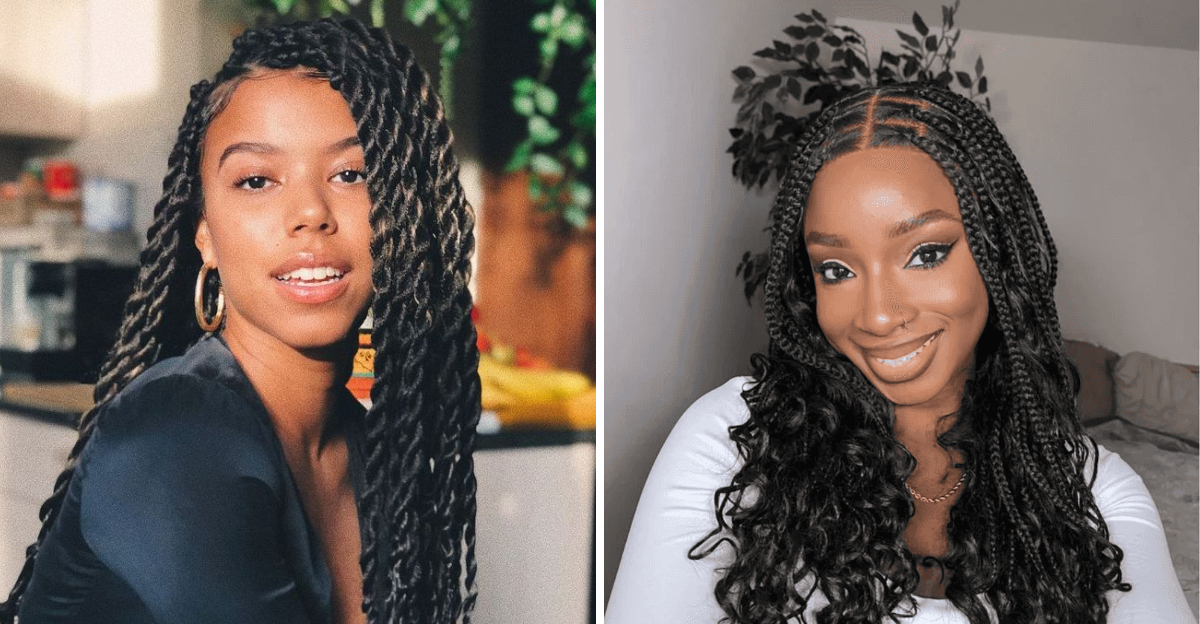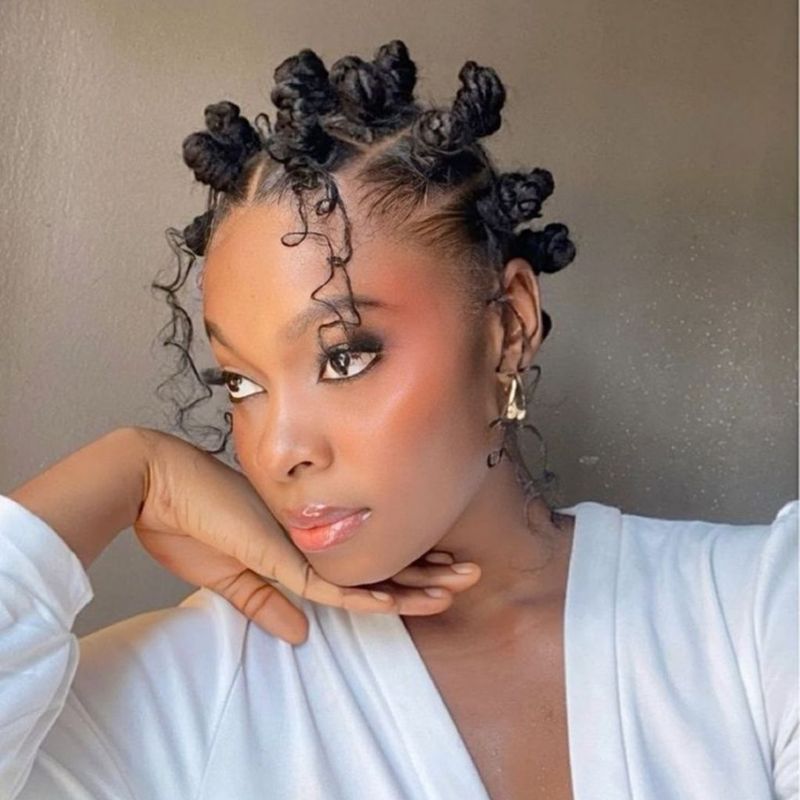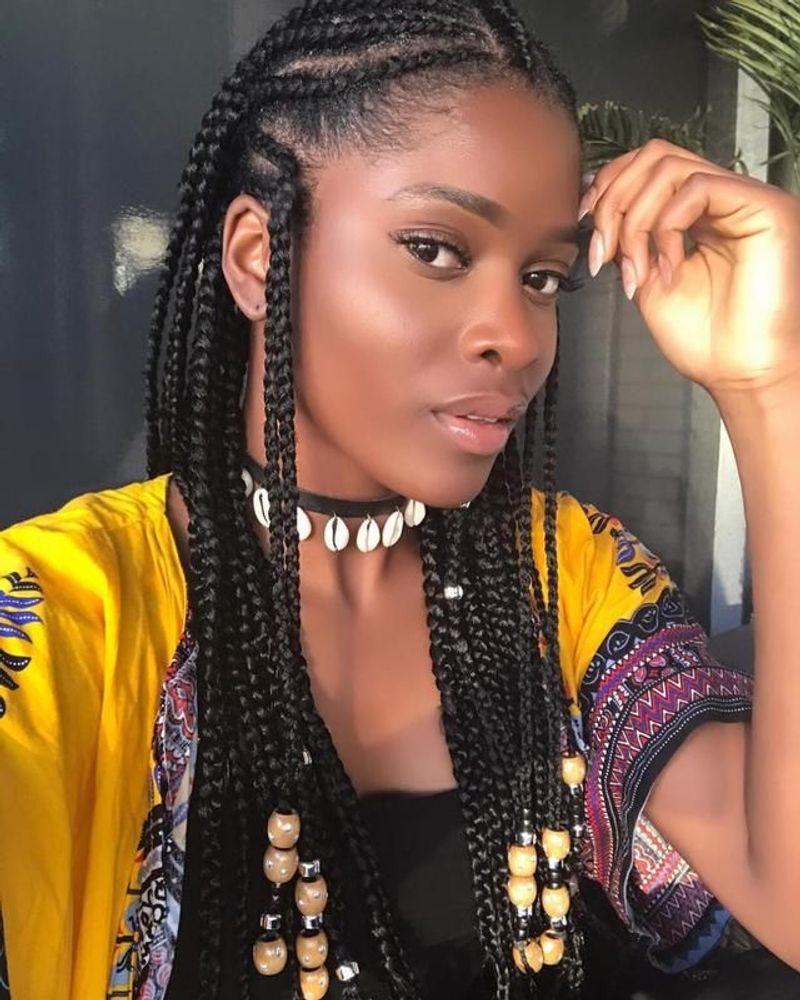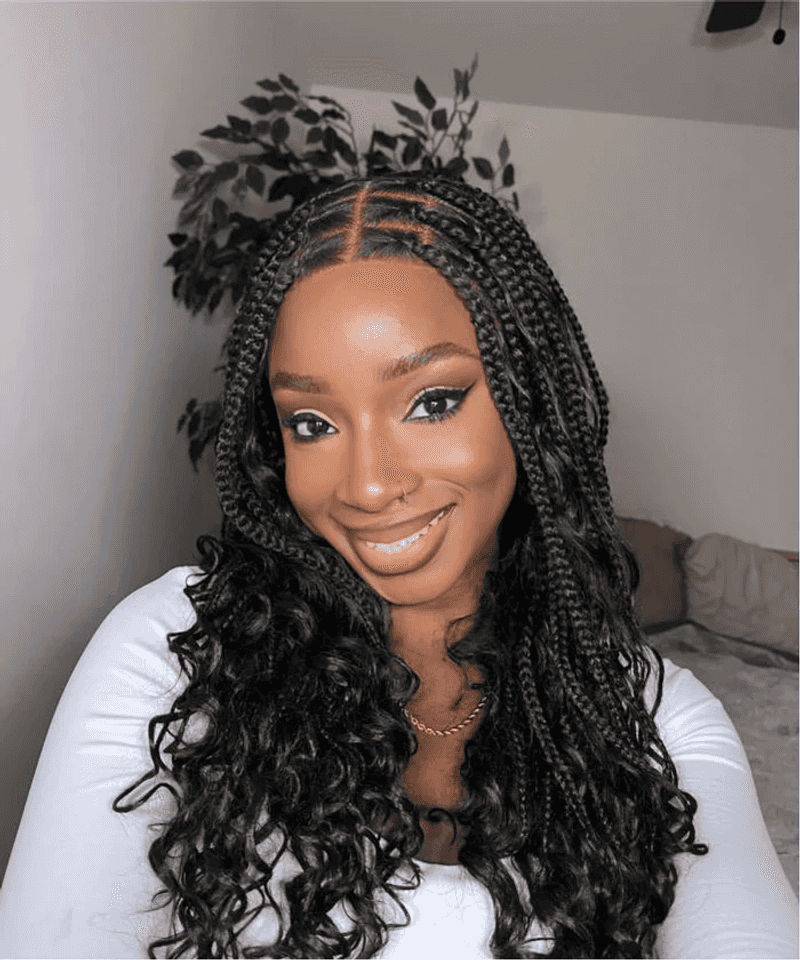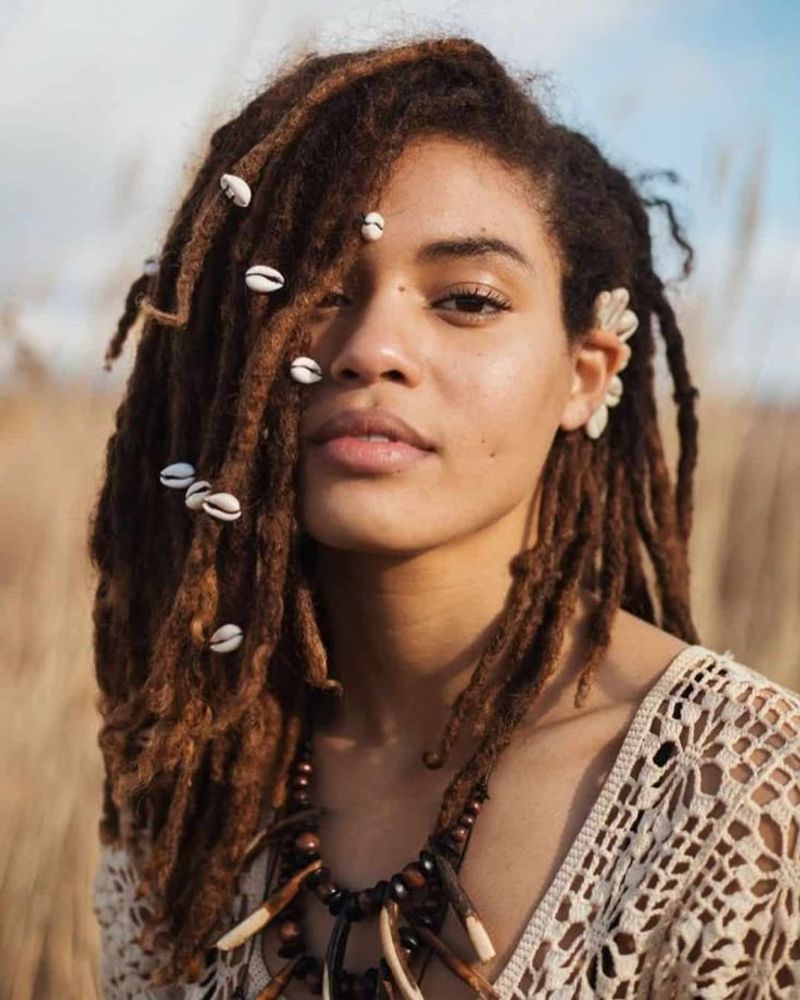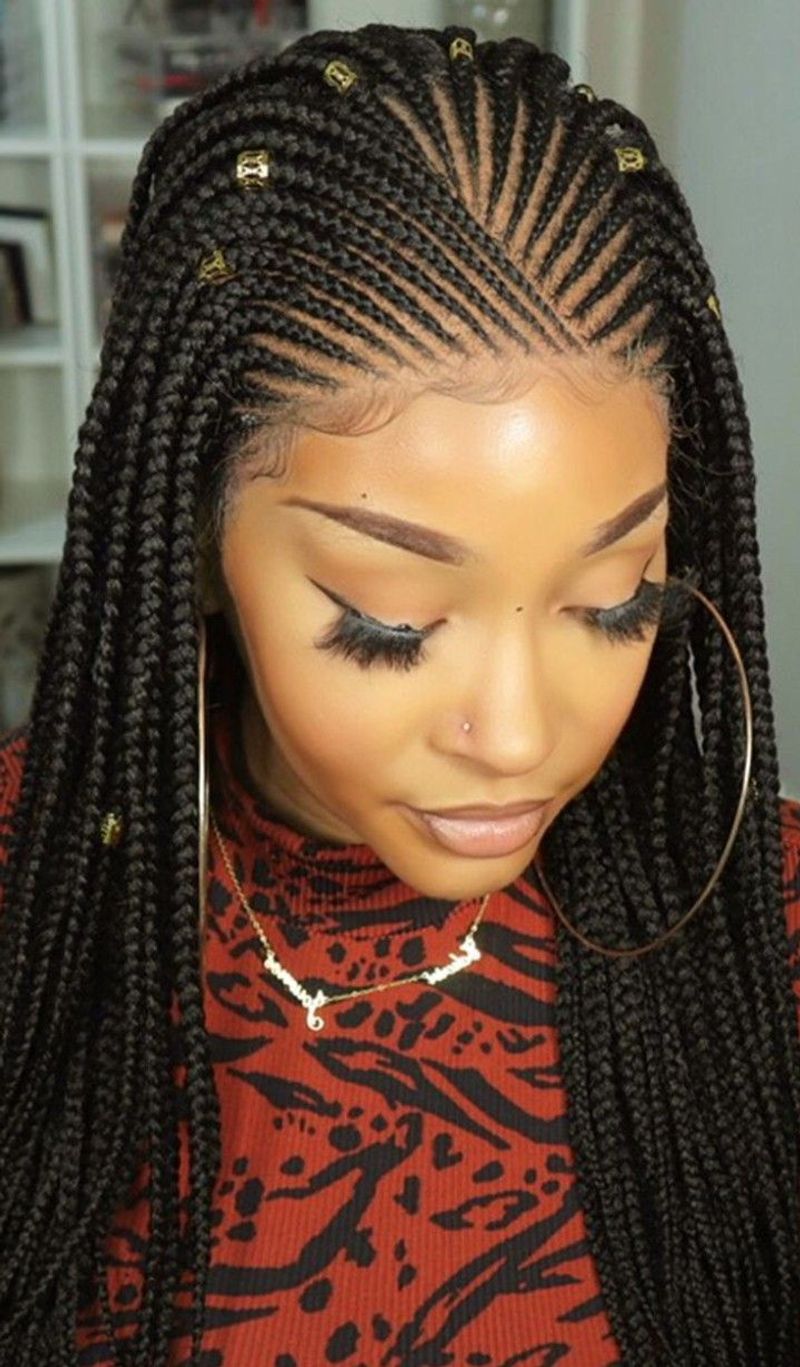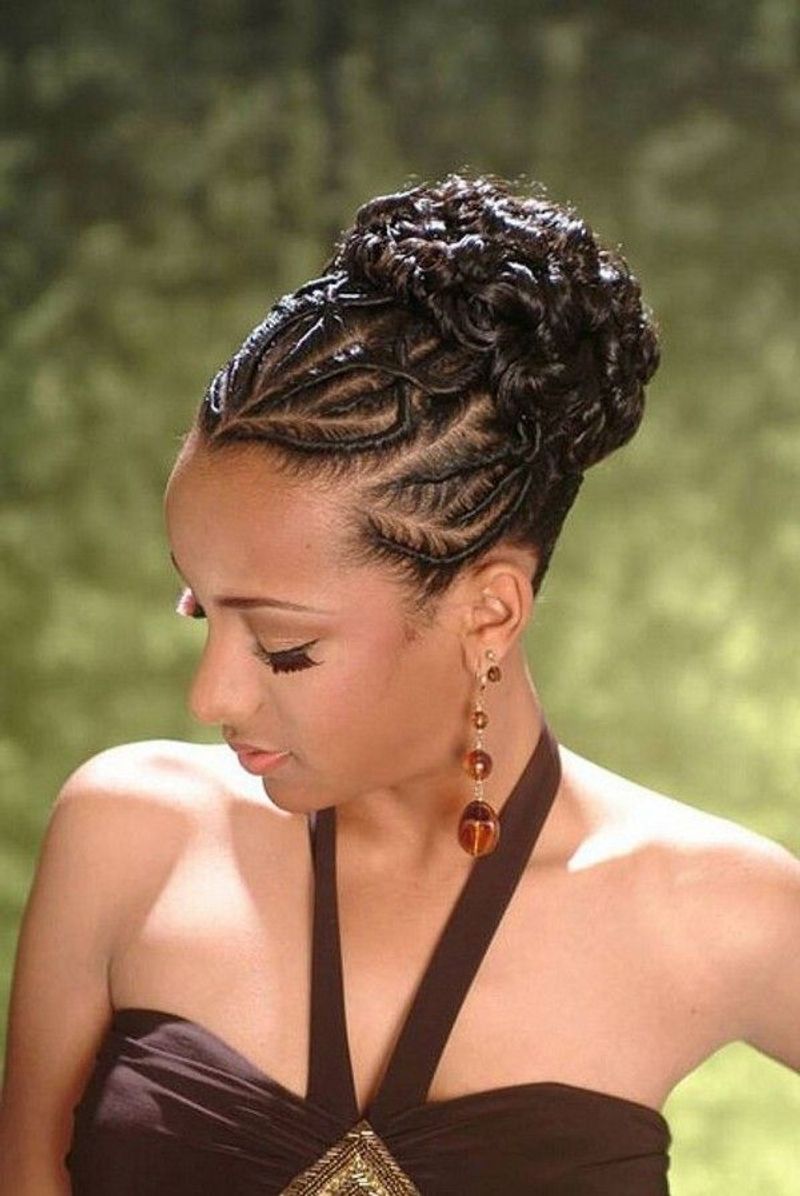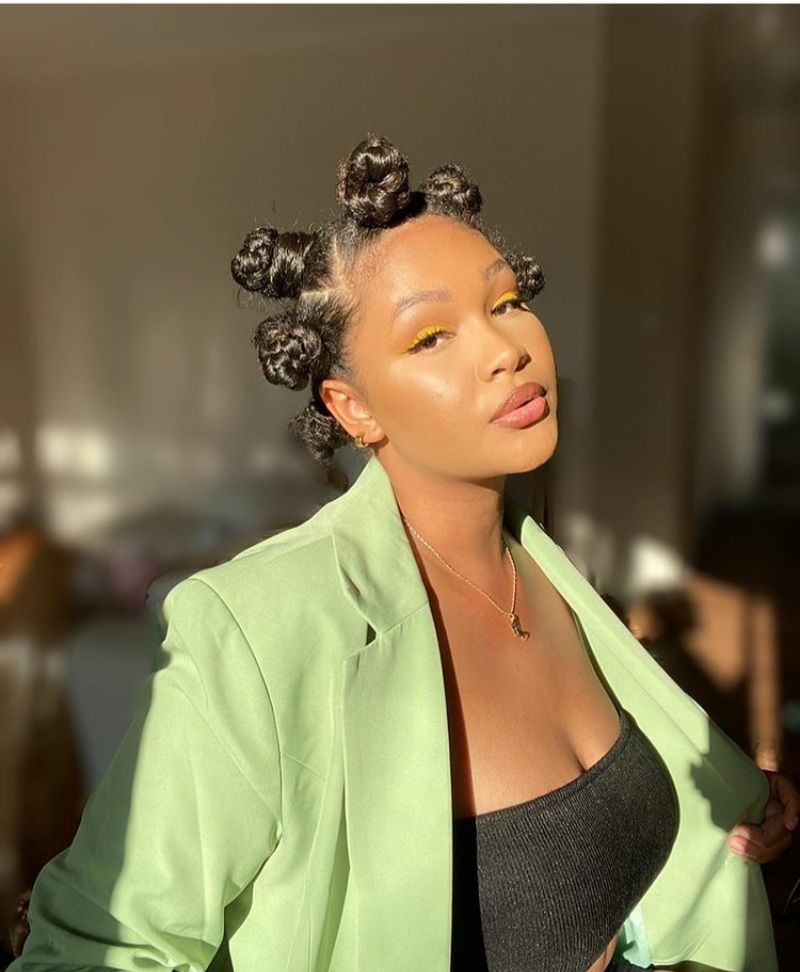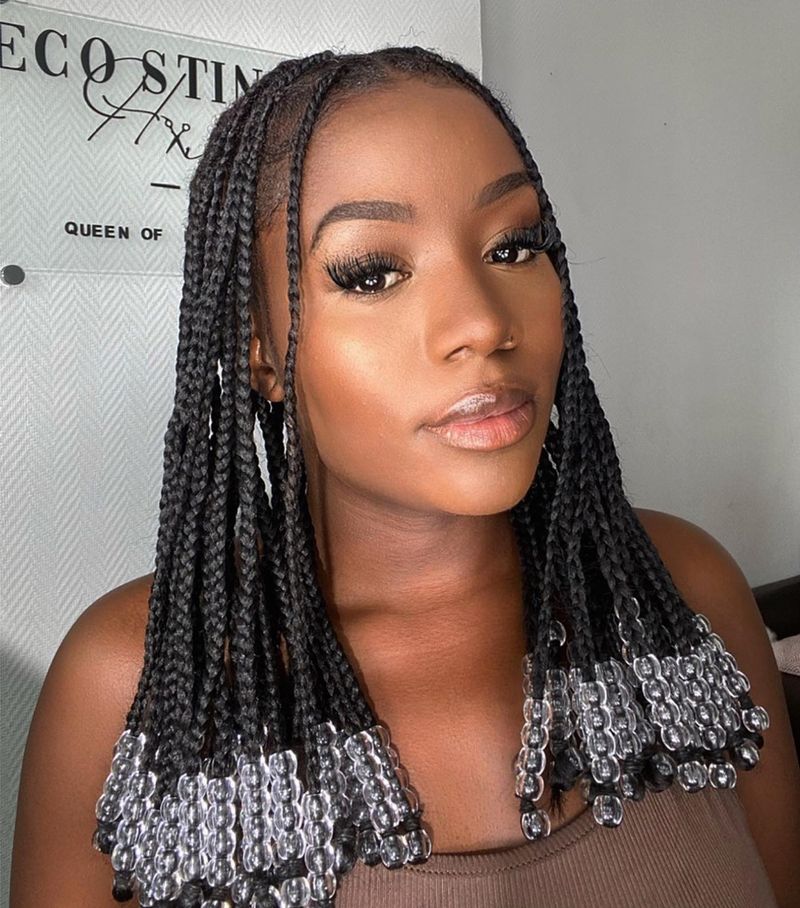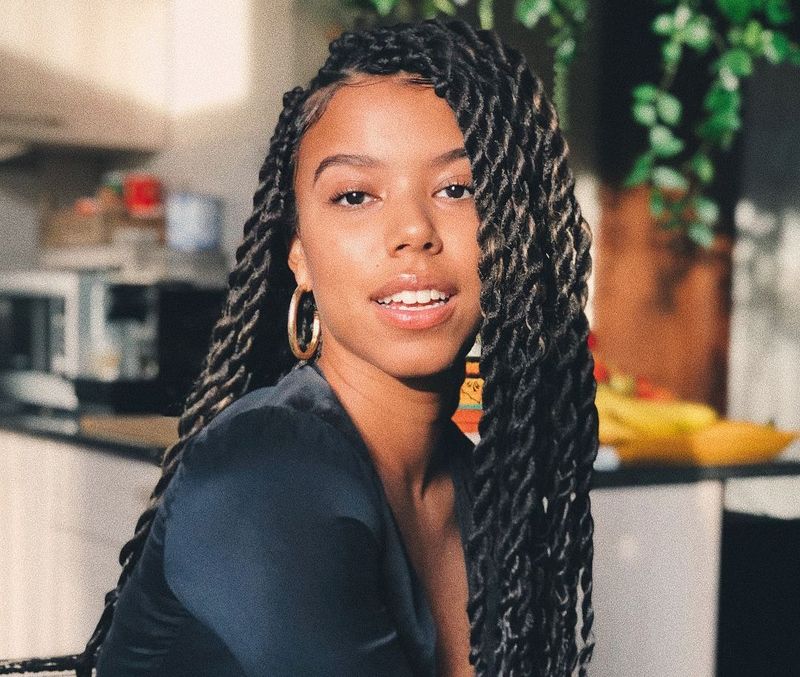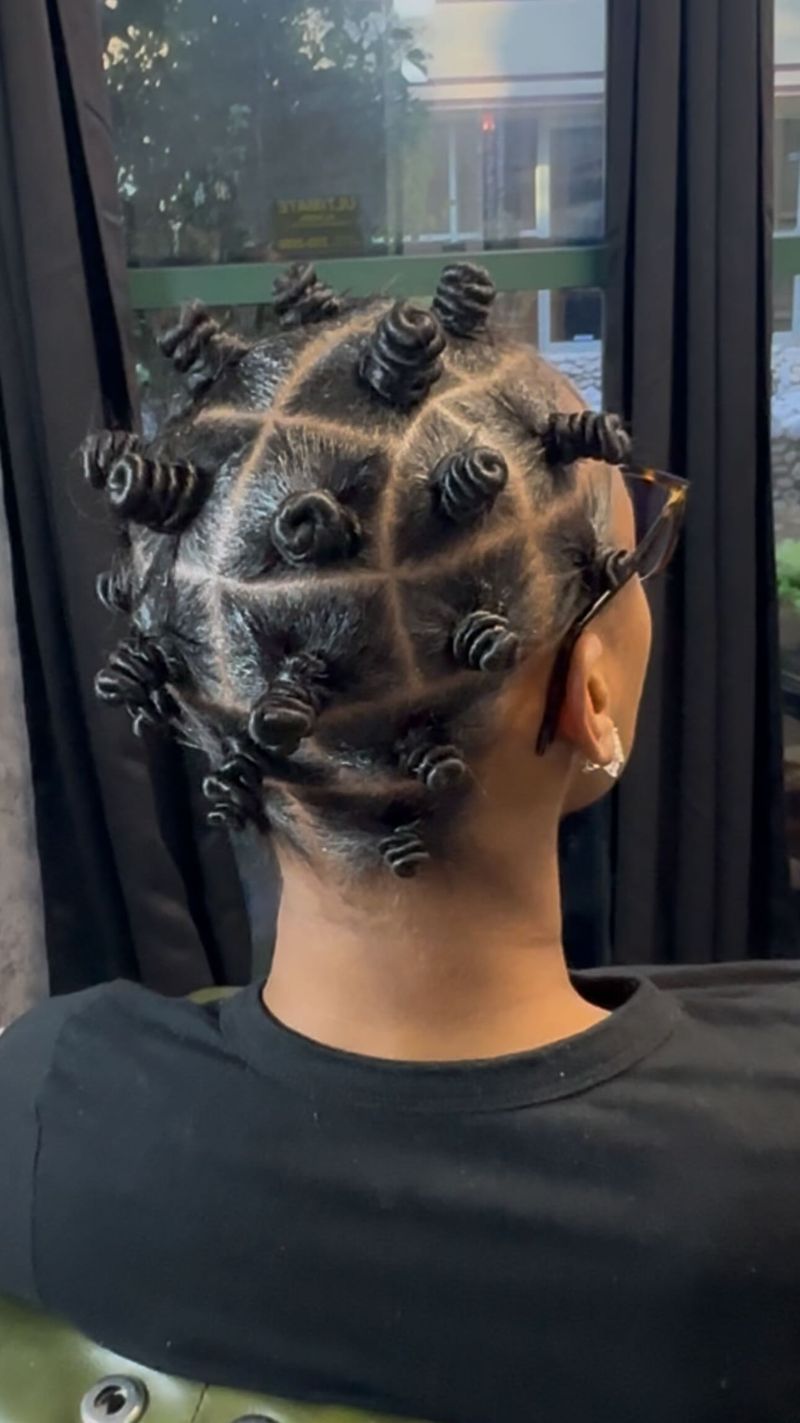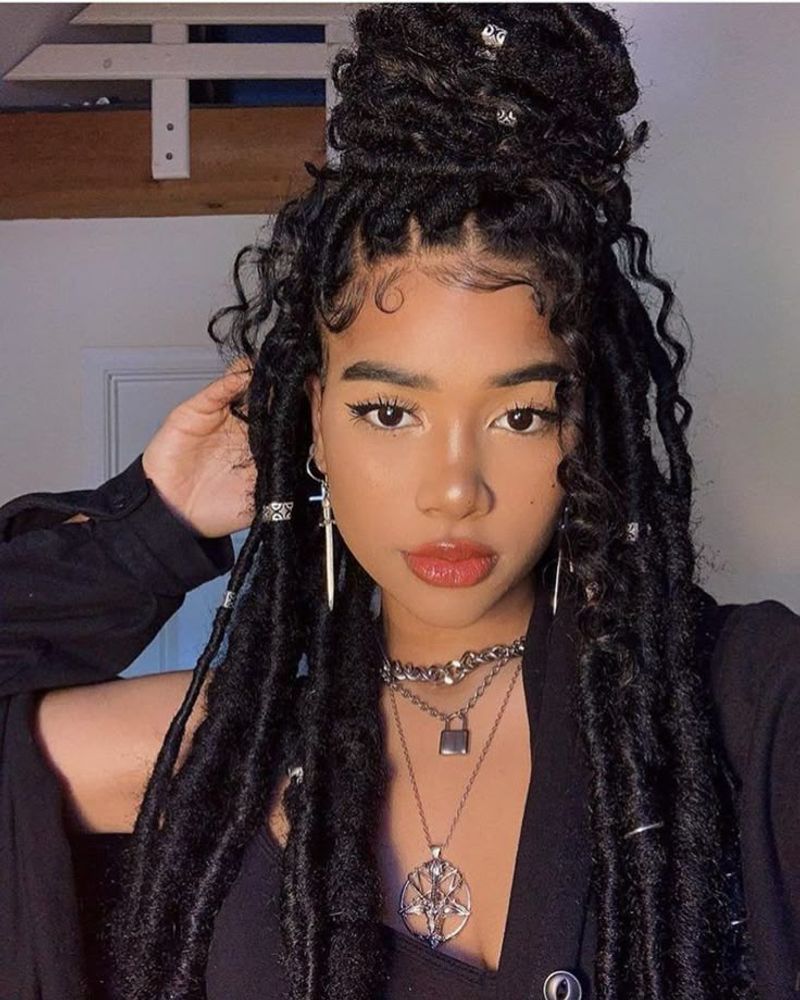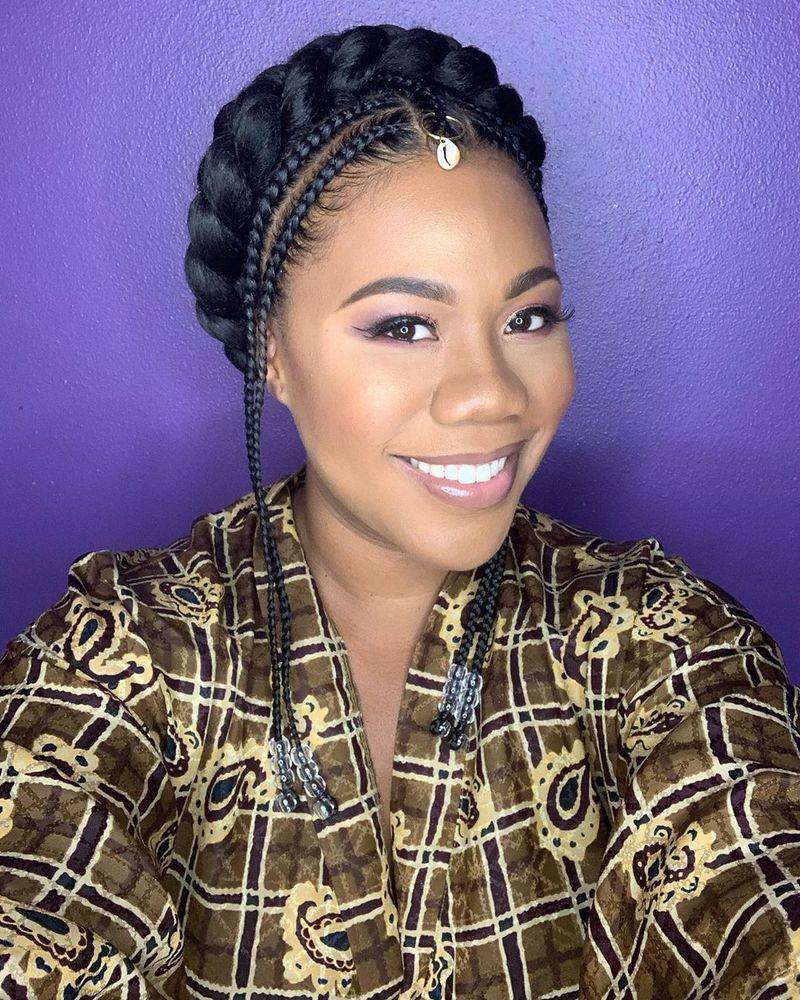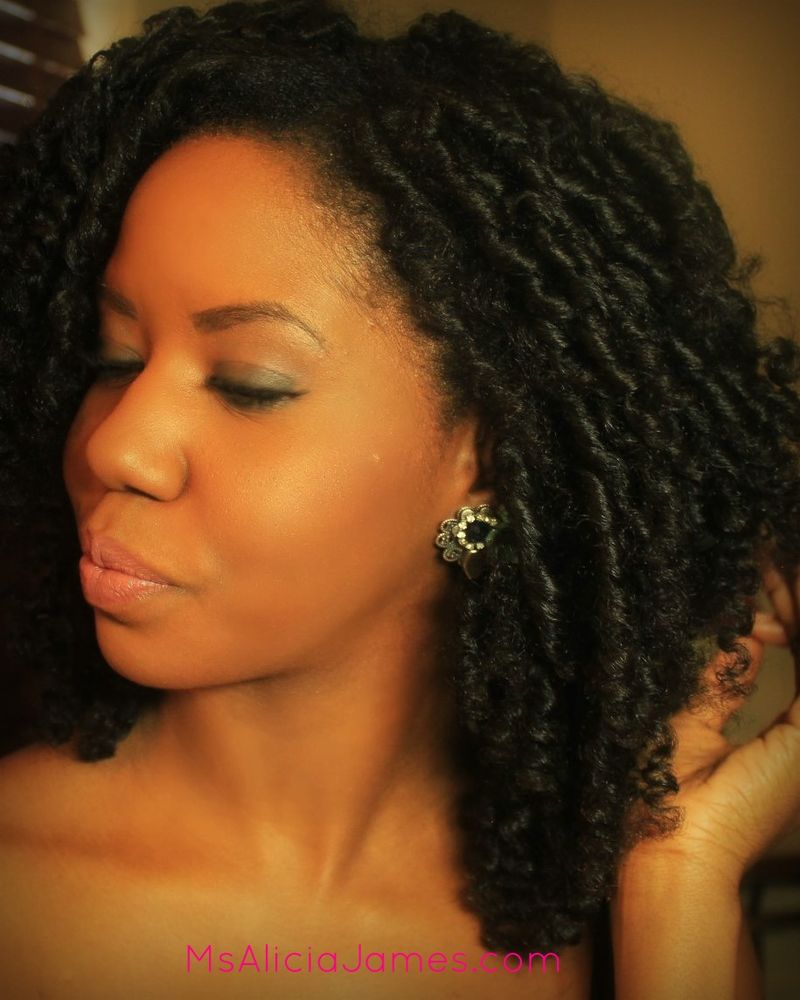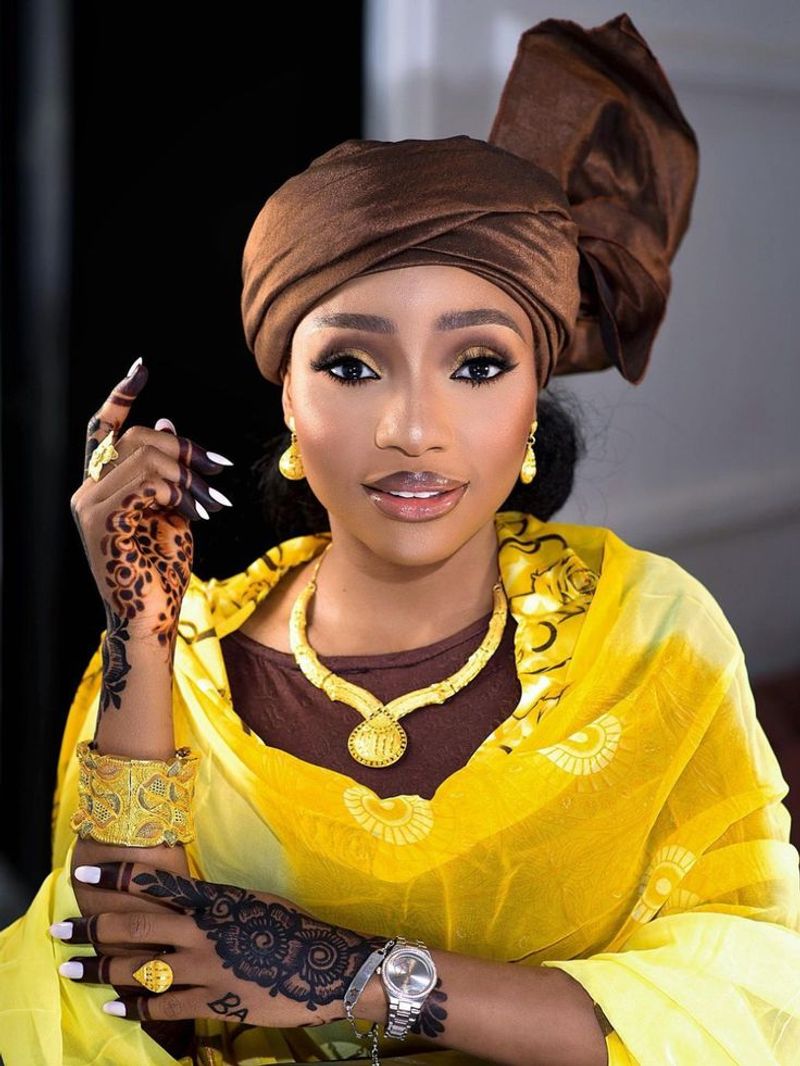African hairstyles tell stories that span generations, continents, and cultural traditions. These intricate designs aren’t just fashion statements—they represent identity, heritage, and artistic expression. From elaborate braids to symbolic twists, African hair traditions continue to influence global beauty standards while preserving important cultural connections.
1. Bantu Knots
Small, coiled buns positioned strategically around the head create this eye-catching style. Originating from the Zulu people of South Africa, Bantu knots served as indicators of age, social status, and tribal affiliation.
Modern adaptations have made this protective style popular worldwide, especially for those seeking to preserve natural hair health.
2. Fulani Braids
Characterized by cornrows braided toward the center of the head with hanging braids around the temples and nape. These elegant plaits originated with the Fulani people spanning West Africa from Senegal to Sudan.
Decorative beads and cowrie shells often adorn the ends, creating a musical quality when moving.
3. Goddess Braids
Thick, rope-like cornrows create stunning crown-like formations. Unlike standard cornrows, these substantial braids stand raised from the scalp, creating dramatic dimension and visual impact.
Royal families throughout ancient African kingdoms wore similar styles to signify their elevated status within society.
4. Dada Locks
Sacred in Rastafarian culture, these free-forming locks represent spiritual growth and connection to ancestral wisdom. The term “dada” comes from the Yoruba language, referring to naturally curled or matted hair.
Wearers often allow their locks to form naturally without manipulation, embracing their hair’s unique journey.
5. Ghana Braids
Starting small at the hairline and gradually increasing in size toward the back, Ghana braids create a stunning dimensional effect. Hairstylists achieve this look by adding extensions while braiding close to the scalp in curved or straight patterns.
Ghanaian women have worn these braids for centuries, adapting styles for different occasions.
6. Twisted Updo
Sections of hair twisted and pinned create sophisticated silhouettes perfect for celebrations. The versatility of twisted updos allows for endless creative variations, from sleek formal styles to more casual, textured looks.
Many Nigerian brides choose elaborate twisted updos adorned with beads and fabric for their wedding ceremonies.
7. Nubian Knots
Chunky, sculptural twists piled high celebrate the ancient Nubian civilization’s artistic heritage. These architectural styles create stunning silhouettes that highlight facial features while protecting natural hair.
Historical evidence shows similar styles worn by Nubian royalty, with gold ornaments woven throughout for ceremonial occasions.
8. Trenzas de caja
Square-parted sections braided with extensions create this versatile, protective style. Box braids gained international popularity in the 1990s but have ancient roots in Egyptian and Nubian cultures.
Archaeological evidence shows similar braiding techniques used over 3,000 years ago, depicted in artifacts from ancient African civilizations.
9. Senegalese Twists
Rope-like twists created by wrapping two strands around each other produce this elegant, low-maintenance style. The smooth, polished finish distinguishes Senegalese twists from other twisted styles, giving them a refined appearance.
Women in Senegal have perfected this technique over generations, passing down specific twisting methods within families.
10. Zulu Knots
Short, chunky twists arranged in rows showcase the Zulu culture’s distinctive aesthetic. Unlike Bantu knots, Zulu knots are typically smaller and more numerous, creating a textured, dimensional appearance across the entire head.
Historically, the arrangement of these knots communicated information about a person’s clan and social position.
11. Faux Locs
Temporary dreadlock-inspired styles created using extensions mimic the appearance of mature locks. This protective style offers the aesthetic of traditional locs without the long-term commitment, making it popular for those exploring different cultural expressions.
Contemporary stylists often add beads, cuffs, or colored thread as decorative elements.
12. Trenzas Halo
A single, thick braid wrapped around the crown creates a regal, crown-like effect. This protective style keeps hair tucked away while creating an elegant silhouette that frames the face beautifully.
Similar styles appear in ancient Ethiopian art depicting noblewomen, suggesting this technique has been refined over many centuries.
13. Straw Sets
Natural hair wrapped around thin straws creates tight, springy curls after drying. This heat-free curling method has been used for generations throughout Africa, particularly before special occasions and celebrations.
The resulting bouncy curls can last for weeks with proper care, making this a practical yet beautiful styling option.
14. Twisted Bantu Knots
A modern hybrid combining two-strand twists gathered into knots for a contemporary take on tradition. This innovative style preserves the cultural significance of Bantu knots while incorporating the smoother texture of twists.
The result is a more defined, polished appearance that works beautifully for both casual and formal settings.
15. Sculptural Hair Wrapping
Fabric wrapped around natural hair creates architectural shapes celebrating the head-wrapping traditions of various African cultures. These elaborate structures use specially woven cloth to create height, volume, and distinctive silhouettes.
Different regions have signature wrapping styles, with patterns and techniques passed down through generations.

